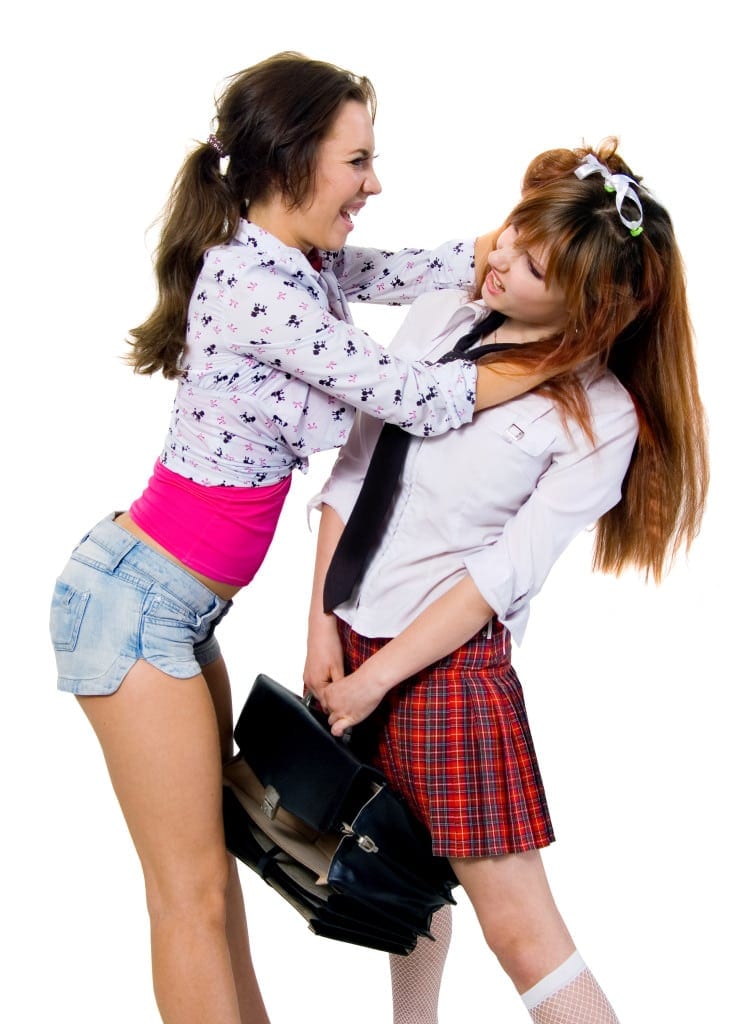Your cart is currently empty!
ADHD Students: Why Fight? Collaborate.

Student groups with kids with ADHD are a hot mess. How can they get good grades? Work together toward a single goal.
Student collaboration joins classmates as groups to solve problems together. The goal is getting an organized endeavor to a satisfying and most appropriate end. To achieve this groups seek compromise to develop similar interests.
Back in the day, studying to be a teacher..
George Washington University…never-ending rules for leading in the classroom. No yelling. No candy. No bribing. Yikes!
Mom, national teacher trainer. Create a full lesson, everyday. Prepare before students arrive. Teach each student as an individual.
All that talk. Mine is the world of research. Collaboration.
Recorder – Writes
Referee – Stops arguments
Reporter – Speaks for the group
Retriever – Gathers supplies
I make the groups. Learning every moment. Fun too.
Collaboration brings students together to impact learning in a positive way. It is student-focused, not content-focused. Those with ADHD learn best by being active (drawing, creating, performing).
It takes time to develop a dynamic process, creating flowing and ever-changing group interaction. The objective is to work together with a purpose. This seeks to improve social skills of students with ADHD.
- Breaks singular beliefs into a universal goal.
- Builds strong students and creative teachers.
- Links independent ideas to achieve learning for all.
- Creates fluid discussions, which take advantage of individual expertise.
- Develops congeniality to achieve a consensus through shared input.
Student collaboration forms together with a sense of excitement. Dominant members try to lead discussions, but sharing ideas and practices develop over the long term. The outcome is finding solutions to solve problems in tandem.
“Our kids” make a big fuss to take the lead. Set boundaries for all, then back it up fairly.
How do you feel about working with others?
Tags

EdieLovesMath empowers individuals with ADHD and Autism, their families, and professionals through a 4-step plan that builds confidence and success in reading, math, writing, and organization. As someone with a neurodiverse brain herself, Edie understands the challenges and triumphs of navigating learning differences firsthand. Join us. We’re here to guide your journey.
About Me ›
- Neurodivergent Burnout: How to Recognize It and Tips to Recover
- ADHD and Math Anxiety: How to Help Kids (and Adults!) Feel Confident with Numbers
- 5 Tips to Organize Your Workday If You Have Executive Functioning Disorder
- The 2025 Attack on Disability Rights: Why Section 504 Matters More Than Ever
- Test-Optional Admissions: A Game Changer for Neurodivergent College Applicants
Leave a Reply